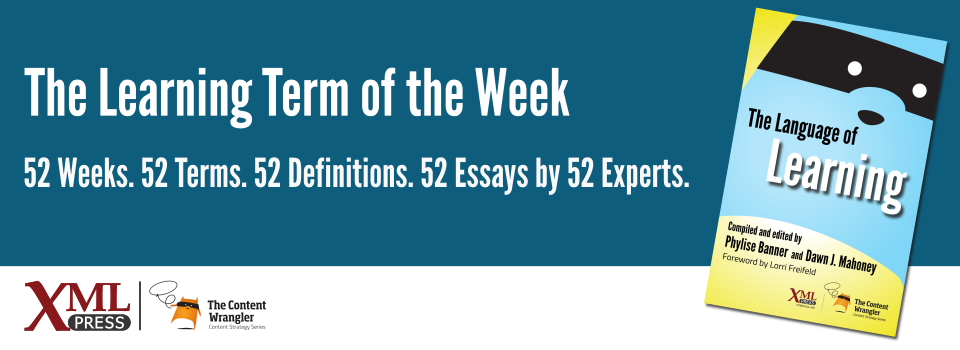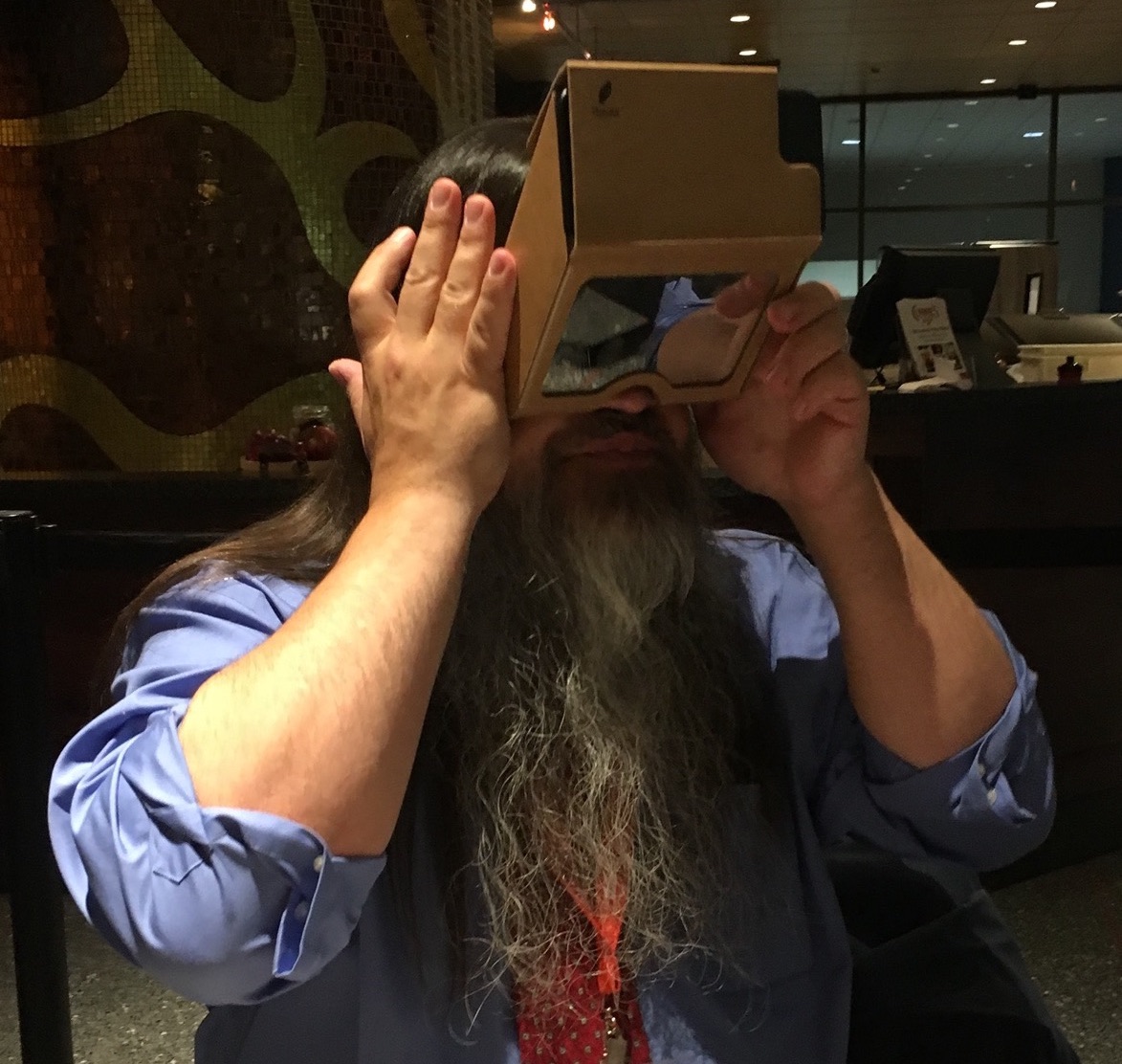What is it?
A statement of one or more goals of a learning experience that identifies the specific knowledge, skills, or behaviors that a learner should be able to demonstrate after the learning experience.
Why is it important?
Learning objectives are the foundation upon which a curriculum is based, and good clear learning objectives can be critical for creating good instruction. Sometimes, designers differentiate between learning objectives
and performance objectives
but learning design for adults should be guided by the concrete, visible behaviors that the learner will actually need to perform in the real world.
Why does a business professional need to know this?
Developing learning objectives is one place where a business professional can collaborate with learning professionals to ensure that the business goals for the organization align with the educational offerings the organization offers.
Collaboration between business and learning professionals can create learning objectives that will guide the curriculum development process. Good learning objectives help you eliminate unnecessary content that doesn’t support your business objectives. Learning objectives also help you focus the learner’s attention, evaluate the effectiveness of training, and establish performance standards.
A single set of learning objectives may not serve all those purposes, and you may need to have different versions of learning objectives for different audiences or purposes.
Business professionals can also benefit from learning objectives because they document the goals of a training activity and provide a benchmark for assessing the value of training.
References
- (Thalheimer 2006) New Taxonomy for Learning Objectives: Thalheimer, Will. (2006). Work-Learning Research, Inc. Blog post.
- (Thalheimer 2015) Learning Objectives —A Research-Inspired Odyssey : Thalheimer, Will. (2015). Work-Learning Research, Inc. Video on what the research says about learning objectives.
- (Dirksen 2015) Design for How People Learn, 2nd edition.: Dirksen, Julie. (2015). New Riders. ISBN: 978-0-13-421128-2.







